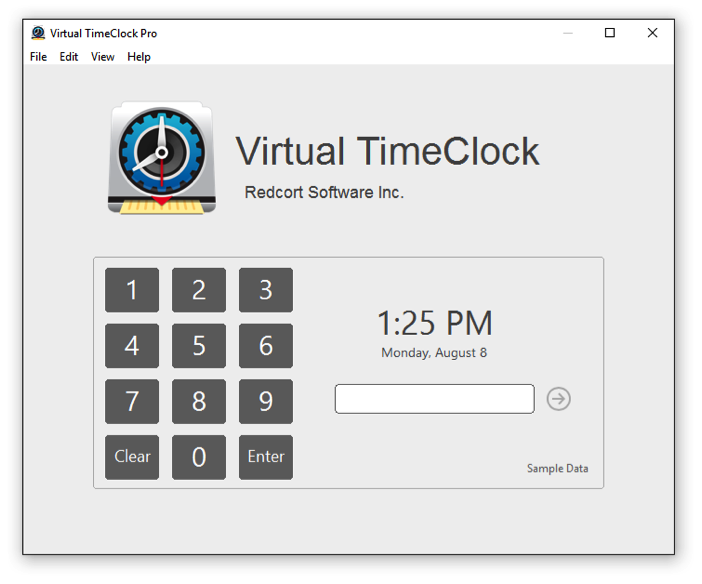Company Blog
Virtual TimeClock, Biometrics & Buddy Punching
Introduction to Biometrics
Biometric authentication has rapidly become more integrated into phones, banking applications and automobiles. This form of authentication relies on unique attributes of the user to verify their identity instead of an access key or traditional password. It is predicted that by 2020 that there may be as many as 4.8 billion biometrically enabled smart devices deployed on the market.
Multiple biometric-based recognition methods currently exist, including: iris, retina, facial, and voice recognition. However, fingerprint readers are by far the most common and are expected to represent the majority of biometric sensors in the future.
Apple’s TouchID hardware/software implementation on their iPhone and iPad devices has popularized fingerprint-based biometrics. The reliability of Apple’s fingerprint recognition is steadily improving each year, but many still find it less than perfect.
Biometrics & Buddy Punching
Fingerprint biometrics are often discussed when employers are looking for a time and attendance solution that prevents users from clocking in for one another –referred to as ‘buddy punching’. While biometrics can initially appear to be a perfect solution since they rely on a unique attribute (i.e. a fingerprint) of each user, a closer look quickly reveals the following problems.
- Inexpensive biometric add-on hardware is not reliable or multi-user.
- Expensive biometric systems can be very difficult to justify the cost.
- Most biometric systems are unexpectedly easy to defeat.
A quick Google search will show you multiple ways to defeat nearly any fingerprint based biometric reader. The truth is that nearly any employee time and attendance system can be tricked or overridden. The goal in the pursuit of eliminating buddy punching is to minimize temptation by making it increasingly inconvenient and not worth the risk.
Biometrics & Ease of Use
What could be easier and more convenient that swiping a finger that you always have with you? No forgotten passwords or lost badges. It seems like a quick and easy way to use a time clock.
In fact, many biometrics users discover that the cost and hassles of cleaning, maintaining, and servicing the intricate optics on biometric hardware outweigh the perceived advantages and ease of use. This is especially true in time clock environments where the entire system is based around real-time, accurate recording of information. Down time on a time clock is simply not acceptable.
Virtual TimeClock & Biometrics
Virtual TimeClock does not integrate with biometric hardware. As we described above, a reliable, secure, cost effective, multi-user plug-and-play biometric hardware simply does not exist today.
In fact, we designed Virtual TimeClock from the beginning as a fantastic alternative to expensive, proprietary time clock hardware systems. While our Virtual TimeClock software works great with plug-and-play devices like mag-strip readers and bar code scanners, we do not support integration for any devices that require costly proprietary hardware.
Of course there are companies dedicated to providing proprietary biometric time clock solutions. These very expensive systems demonstrate the high cost of implementing and supporting a truly functional biometric solution. This is simply not our niche.
Virtual TimeClock & Buddy Punching
So how does Virtual TimeClock address the problem of Buddy Punching? At the most basic level, we rely on user passwords to clock in and out.
The trick is to assign passwords that users will not want to write down or share with their ‘buddy’. Our customers tell us that an effective solution is to set passwords to the user’s social security number. This is something they know by heart and most will be very reluctant to write down and share.
Virtual TimeClock & Ease of Use
In terms of the speed and simplicity of biometric punching Virtual TimeClock has a pin interface option (see below). Users can easily enter their pin and perform time clock actions. Since Virtual TimeClock is compatible with Mac and Windows devices many customers have deployed this method on a touch screen or tablet for even more convenience.

Virtual TimeClock & the Future
As a software company, we are always on the look out for new ways we can help businesses with the problem of buddy punching. We’re currently evaluating multi-factor authentication (based on something you have and something you know), challenge questions, and other software based deterrence’s to buddy punching. We believe that we can solve the issue of buddy punching without requiring expensive proprietary biometric hardware.